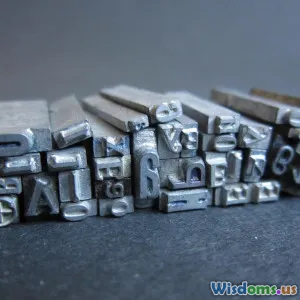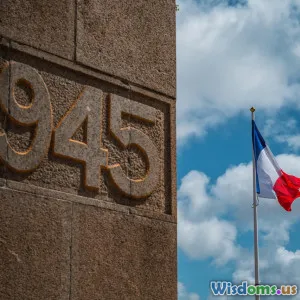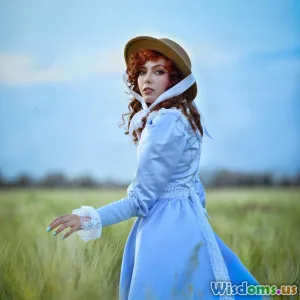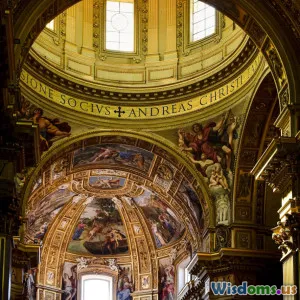
Could Artists Like Caravaggio Thrive Without Patronage in Renaissance Italy
16 min read Explore whether artists like Caravaggio could have succeeded without Renaissance patronage systems. (0 Reviews)
Could Artists Like Caravaggio Thrive Without Patronage in Renaissance Italy?
Few figures loom as large in the history of Western art as Michelangelo Merisi da Caravaggio. His revolutionary approach to light, realism, and human emotion reshaped the aesthetics of painting, inspiring generations of artists. Yet, behind every brushstroke lies a question crucial to art history: would Caravaggio, and artists of his ilk, have been able to achieve their creative heights without the system of patronage that defined Renaissance Italy?
The Crucial Role of Patronage in Renaissance Italy

To understand whether artists could thrive without patronage, it's vital to recognize just how integral the patronage system was to the cultural landscape of Renaissance Italy. Throughout the 15th and 16th centuries, wealthy families, religious institutions, and political leaders vied to assert their power and prestige through art. The Medici family in Florence, the Gonzaga in Mantua, and the papacy in Rome became synonymous with both culture and wealth.
For artists, patrons did not simply provide money—they offered opportunity. Take Leonardo da Vinci, whose ambitious projects for Ludovico Sforza in Milan and later for Francis I in France were only feasible due to substantial backing. Similarly, Michelangelo was supported by the Medici and the papacy, commissions that enabled his masterpieces like the Sistine Chapel and the David.
Patrons dictated many aspects of cultural production:
- Financing: Materials were expensive—canvas, pigments, assistants, and workspace required sizable investments.
- Credibility & Access: Patron connections often determined an artist’s visibility and influence within elite circles.
- Creative Challenges: Patrons sometimes provided themes or conceptual prompts that forced artists to innovate.
Without powerful advocates and resources, the remarkable efflorescence that defined Renaissance art would likely have appeared very different.
Caravaggio: A Radical in a Patronage World

Caravaggio is celebrated for his uncompromising realism and captivating use of chiaroscuro (the dramatic contrast between light and dark). Born to relatively humble beginnings, Caravaggio moved to Rome as a young man, grinding paints and producing small still lifes before attracting the notice of influential patrons such as Cardinal Francesco del Monte.
The patronage system was a double-edged sword for Caravaggio:
- Enabler of Ambition: Del Monte introduced Caravaggio to other powerful circles, resulting in commissions for major altarpieces and public spaces.
- Cultural Protection: Patron connections occasionally provided him shelter when his compelling but sometimes controversial works drew ecclesiastical critique—or when his own volatile behavior ran afoul of Rome’s laws.
- Constraints: Caravaggio’s career was buffeted as much by artistic ambition as political intrigue. When his paintings conflicted with the sensibilities of patrons or church authorities—such as the "Death of the Virgin" deemed too indecorous—the consequences could include rejection or the withdrawal of protection.
What is notable is how Caravaggio subverted the expected. Instead of idealized saints, he painted models from the street; his "Calling of Saint Matthew" literally cast the light of the everyman upon sacred themes. Yet, each innovation was made possible only because he had patrons willing to endorse or at least occasionally tolerate his radical vision.
The Artist's Economic Dilemma: Making a Living Without Patrons
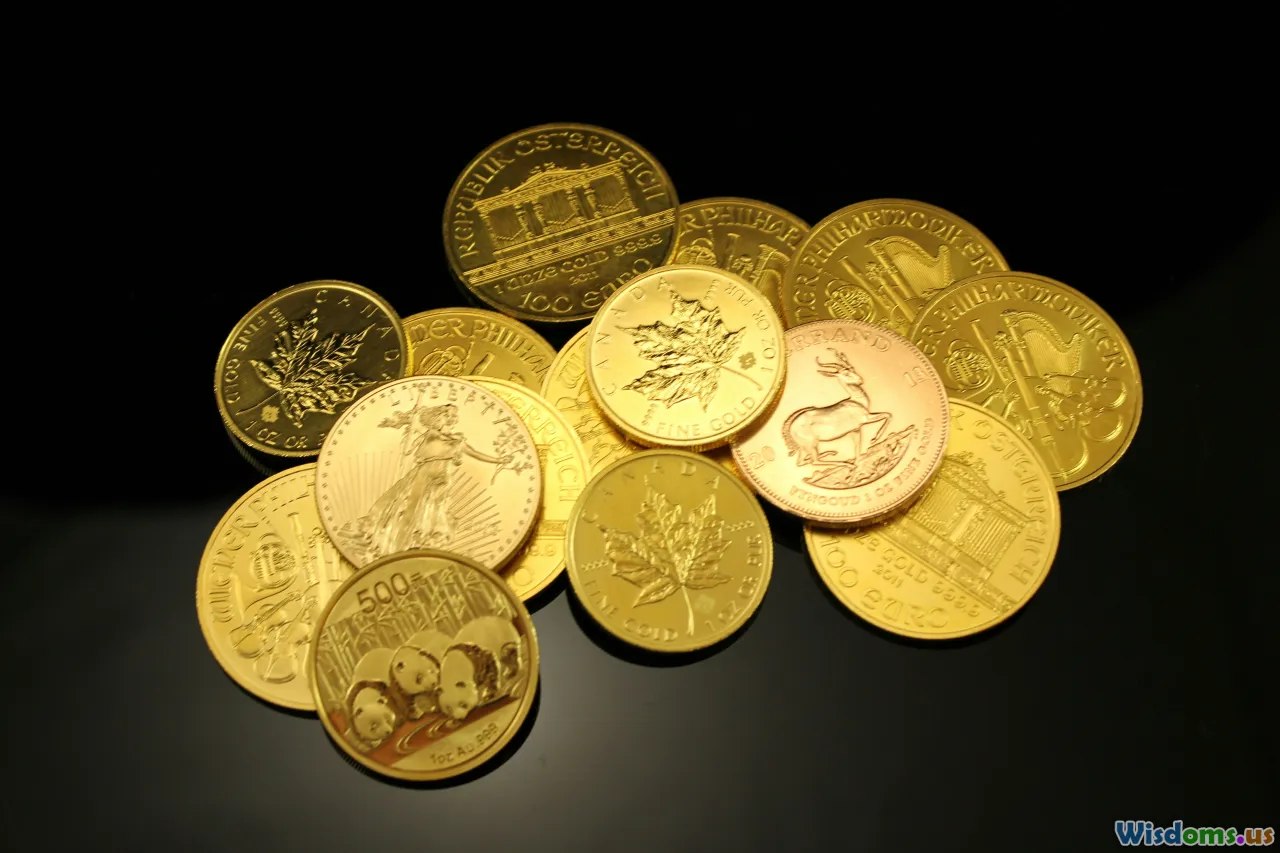
Imagine a counterfactual scenario: Caravaggio, or artists like him, without wealthy patrons. How would they have survived?
During the Renaissance, the idea of selling art on an open market, as commonly seen today, was virtually nonexistent. There were a few notable channels for non-commissioned work:
- Guild Systems: Artists often belonged to guilds, which sometimes ensured minimal income by regulating local production and standards. However, these favors skewed toward artisans and craftsmen—painters had to court elite favor to move beyond menial decorative commissions or anonymous collective output.
- Religious and Civic Competitions: Some city-states periodically held competitions—such as Florence’s 1401 contest to design the Baptistery doors—where artists could gain recognition and prizes. Yet, these events were rare, and participation often required existing connections.
- Private Sales: A minimal market for small devotional pictures, portraits, or still lifes existed. Yet, the wealth to pay for truly large-scale or innovative works still resided almost entirely among elite patrons.
The vast majority of artists simply lacked the resources to acquire quality paints or pay assistants. For someone like Caravaggio, whose large-scale canvases and distinctive pigment choices defied cheap shortcuts, external funding was not a luxury but a necessity.
Artistic Independence: Myth and Reality in the Renaissance
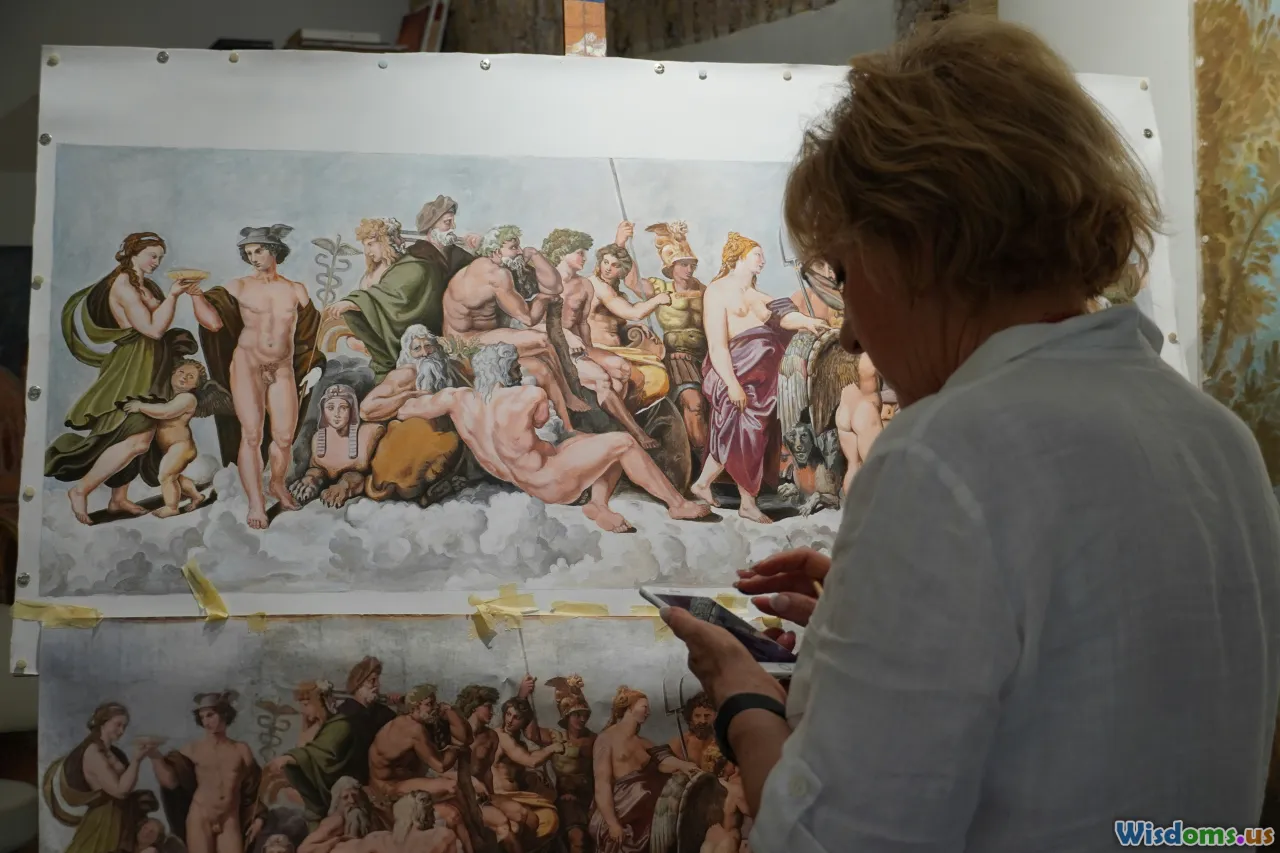
Modern narratives often lionize the idea of the independent, rebellious genius. We cherish images of artists pursuing their vision without compromise, shielded from interference. But in the Renaissance, freedom from patronage almost universally meant freedom from resources, space, and any guarantee that one’s artwork would reach a meaningful audience.
A few artists, like Sandro Botticelli, developed recognizable personal styles, but even these depended on securing high-profile commissions. An artist attempting to work independently would have grappled with the following challenges:
- Medium and Scale: Large altarpieces and complex cycles—the works now celebrated in museums—simply could not be produced without financial support.
- Distribution and Publicity: Churches, ducal palaces, and city halls functioned as public galleries. A work owned independently by an artist would have limited exposure and little potential to attract future support.
- Material Constraints: Even successful artists had outstanding debts with pigment merchants and frame makers—constraints that made self-funded innovation nearly impossible.
A few exceptions existed—artists producing miniatures or manuscript illuminations for a narrow circle, for instance. But the careers of major Renaissance figures relied overwhelmingly on the networks and purse strings of elites.
Would Caravaggio’s Vision Have Ever Emerged Alone?
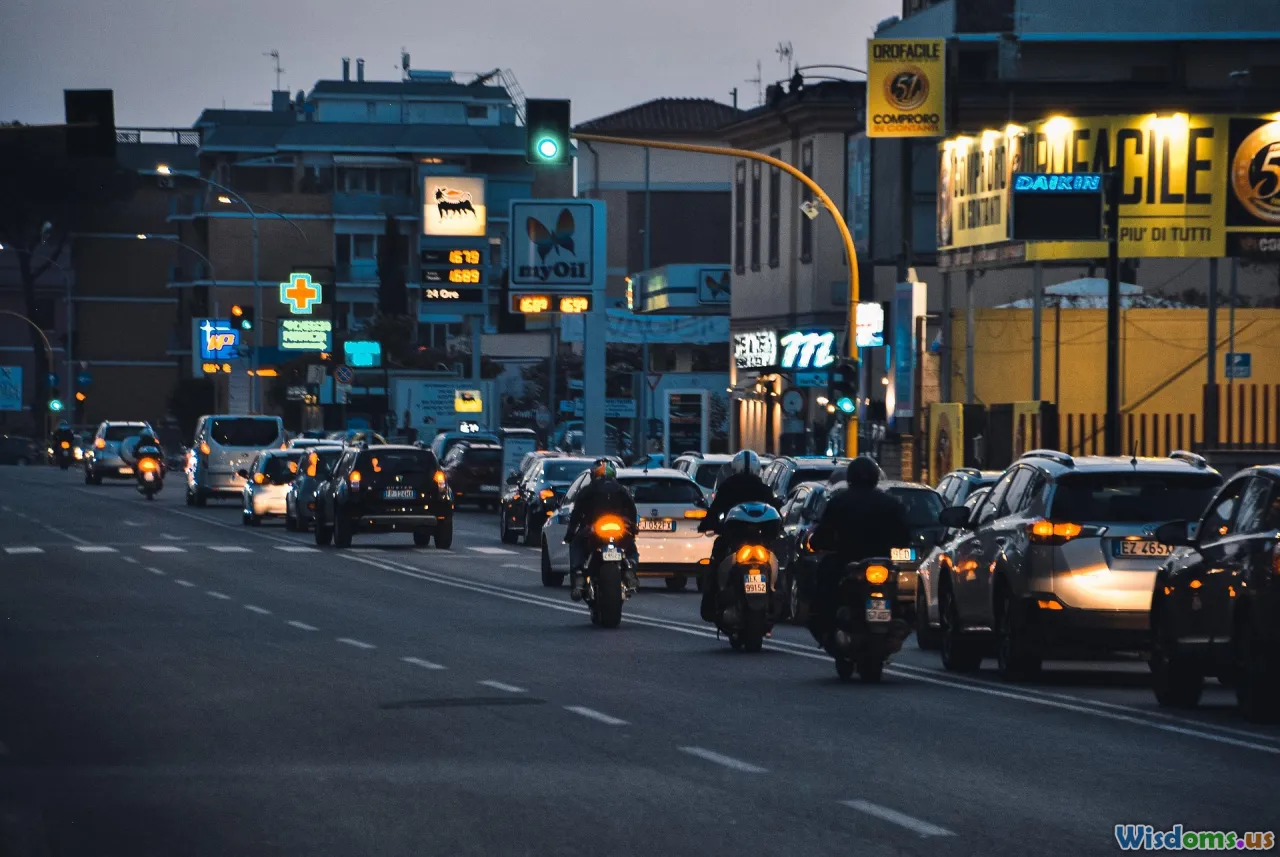
Suppose Caravaggio had tried to practice in the drudgery of the Roman streets, minus any illustrious backing. Could his vision of biblical drama have had any impact?
Several factors stand out:
- Scale and Impact: Much of Caravaggio's renown came from commissions for prominent churches (e.g., San Luigi dei Francesi). Without institutional commissions and the resources to execute them, many of his largest works might simply never have existed.
- Social Status: Art as a speculative venture—"paint now, hope someone buys it later"—was arduous and rare. Without wealthy buyers, the feedback loop linking artist to public was broken.
- Network Effects: Caravaggio’s revolutionary style was adopted and spread by his peers and followers thanks to the public exposure large commissions provided. In anonymity, his innovations might well have gone unnoticed.
All evidence suggests that while rough, expressive painting could exist at a small scale as folk or informal art, the dazzling effect, psychological intensity, and technical mastery that define Caravaggio’s legacy demanded resources—and social legitimacy—only patrons could provide.
Comparison Across Time: Patronage and Artistic Freedom
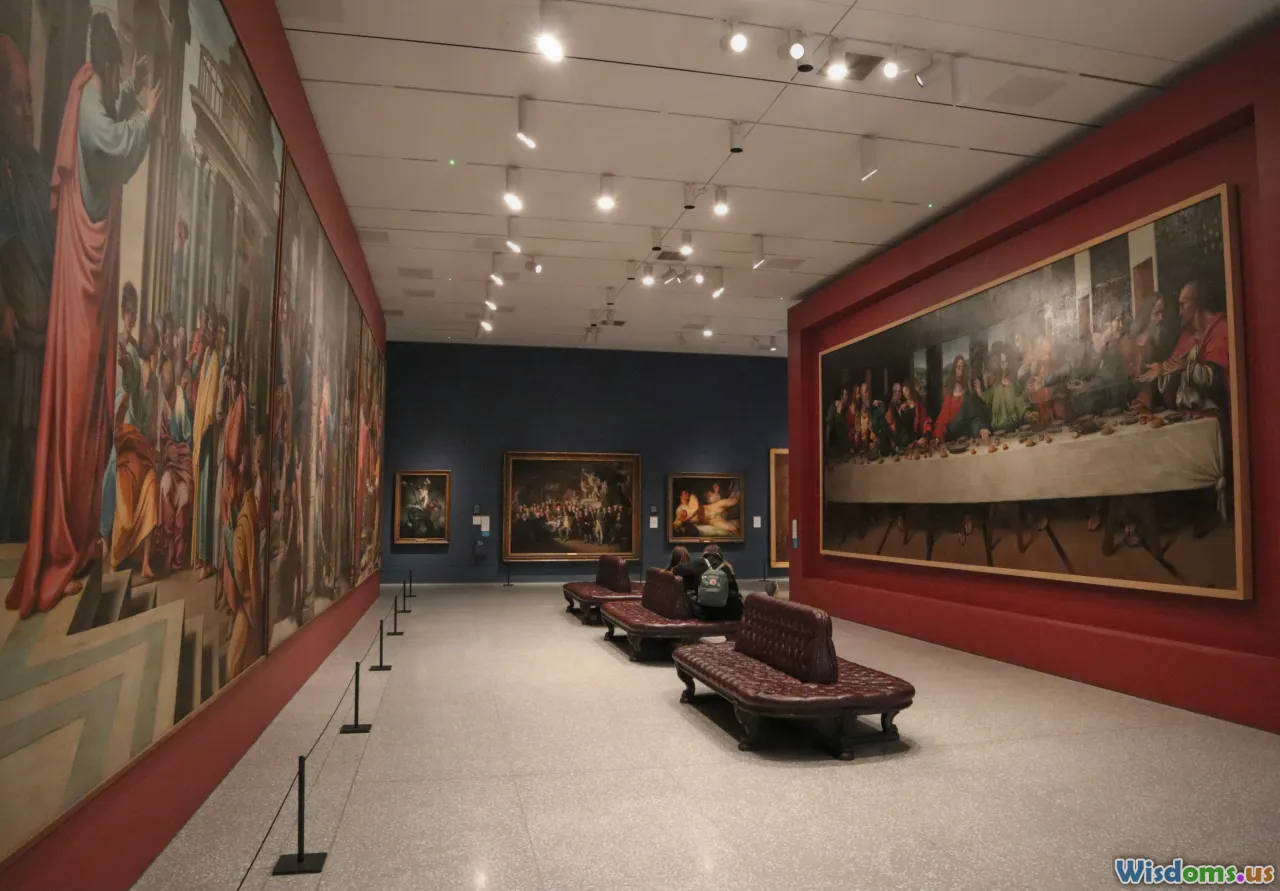
Some might wonder if artists truly needed to rely so heavily on patronage. Looking beyond Renaissance Italy, the structures of art funding shifted dramatically in later centuries. By the 19th century, the rise of art academies and galleries in Paris, London, and Berlin allowed a far broader market for independent artists.
- Exhibitions: The Paris Salon and the Royal Academy offered spaces where artists sold directly to the bourgeois public rather than a single patron.
- Criticism and Celebrity: Newspapers, journals, and burgeoning public debate made “success” itself an open contest—a strategy unavailable to Renaissance artists bounded by local politics and church decree.
- Long-term Diffusion: Styles that originated in courtly or ecclesiastical settings could, in modernity, trickle down to wider audiences via prints, mass production, and education.
In contrast, Renaissance Italy’s society was top-heavy. One’s patrons effectively decided not only an artist’s livelihood, but the very terms by which art was judged. Caravaggio’s controversial, hyper-realistic style could flourish only because—and to the extent that—elites found it fashionable, provocative, or politically useful.
Technological Constraints and Opportunities
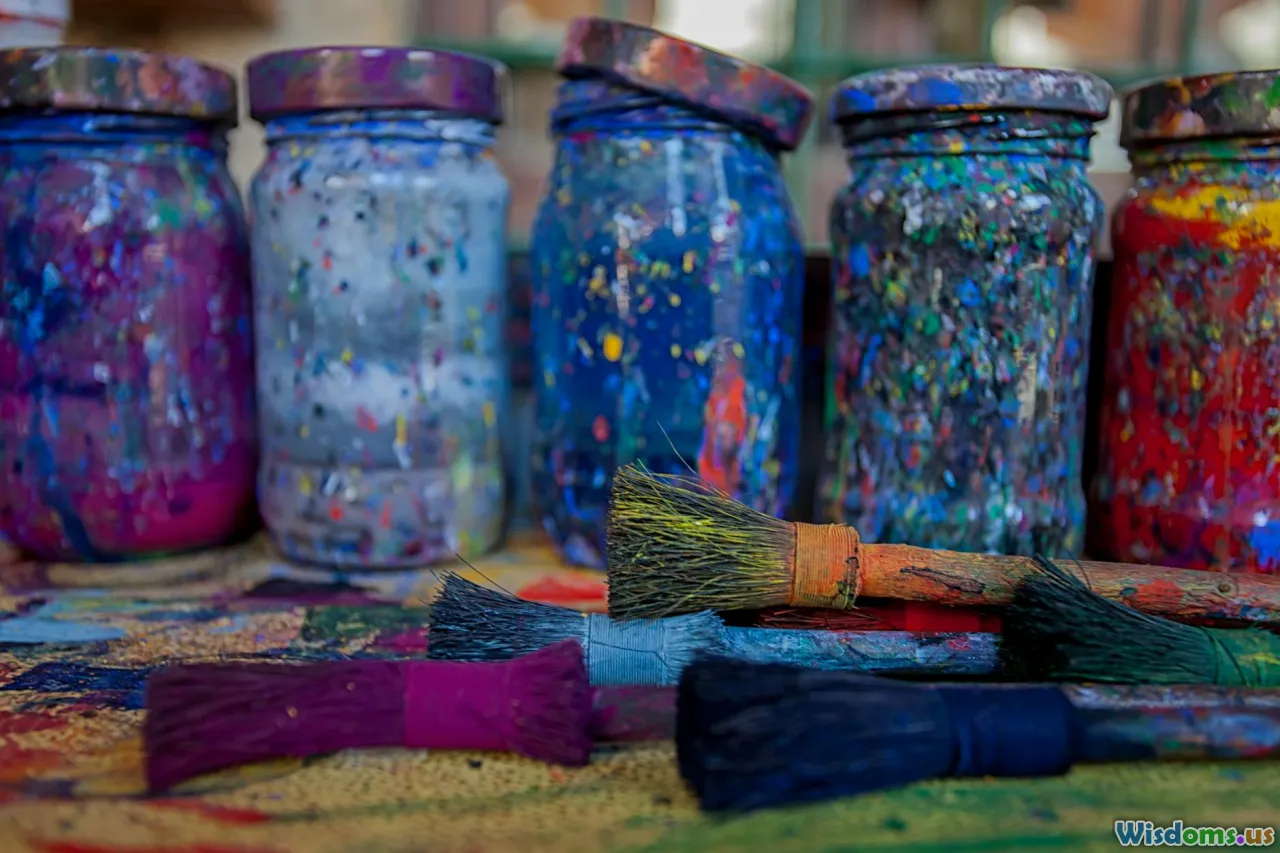
The technical side of Renaissance painting formed another critical pillar in the system. Creating high art in Caravaggio's era required expensive materials:
- Pigments: Lapis lazuli, vermilion, and other vibrant pigments were trade commodities, often worth their price in gold. For instance, pure ultramarine was more expensive than gold itself.
- Canvases and Wood Panels: Large church altarpieces or palace fresco cycles required supports that even wealthy artisans could seldom afford without upfront support.
- Workshops: Large projects typically involved teams of assistants, from apprentices to established sub-masters. Their pay, housing, and sustenance fell under the master’s larger management umbrella—usually, again, bankrolled in advance by a patron.
This infrastructure was, by and large, impossible for an individual artist to maintain absent significant steady income. Investment in new styles or subject matter, such as Caravaggio’s explorations in naturalistic lighting, was a risk few could undertake without a safety net.
Alternative Forms of Artistic Sponsorship
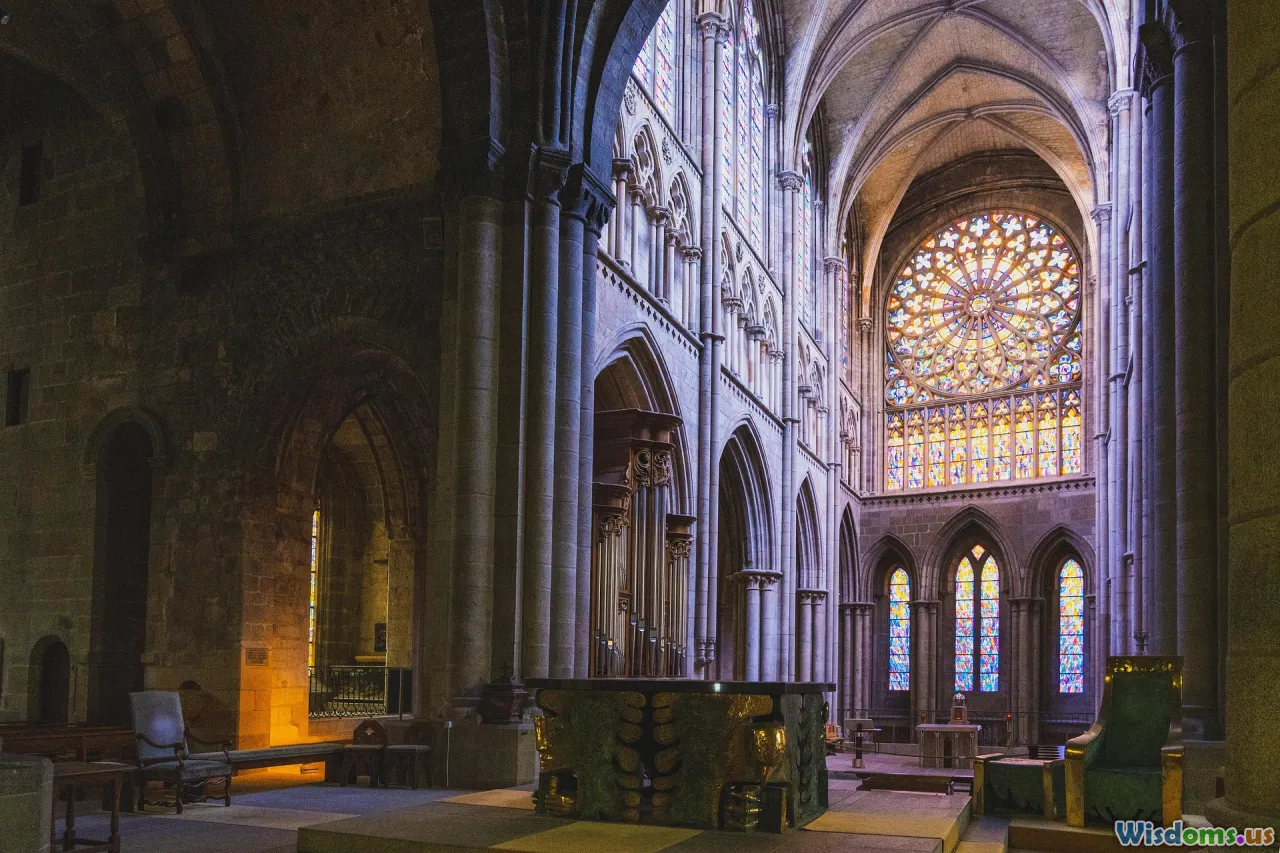
While the Medici and papal court dominate the image of Renaissance patronage, it is important to note alternative forms of support did exist, albeit rarely sufficient for genuine innovation.
- Guilds and Brotherhoods: Local brotherhoods occasionally commissioned works for parish churches, but such commissions were small and closely monitored.
- Community Funding: Cities might commission public monuments or pageants, though these tended to favor established masters with deep local ties.
- Private Individuals: Merchants’ and minor nobles’ support brought in much-needed pluralism, especially in secondary cities. But again, few had the resources to underwrite the most ambitious projects.
Caravaggio himself was, at times, reliant on support from individual cardinals or minor religious institutions. However, these channels were tenuous: withdrawal of backing due to scandal or shifts in taste could instantaneously muddy an artist’s prospects.
Caravaggio’s Legacy: Patronage and the Unfolding of Genius
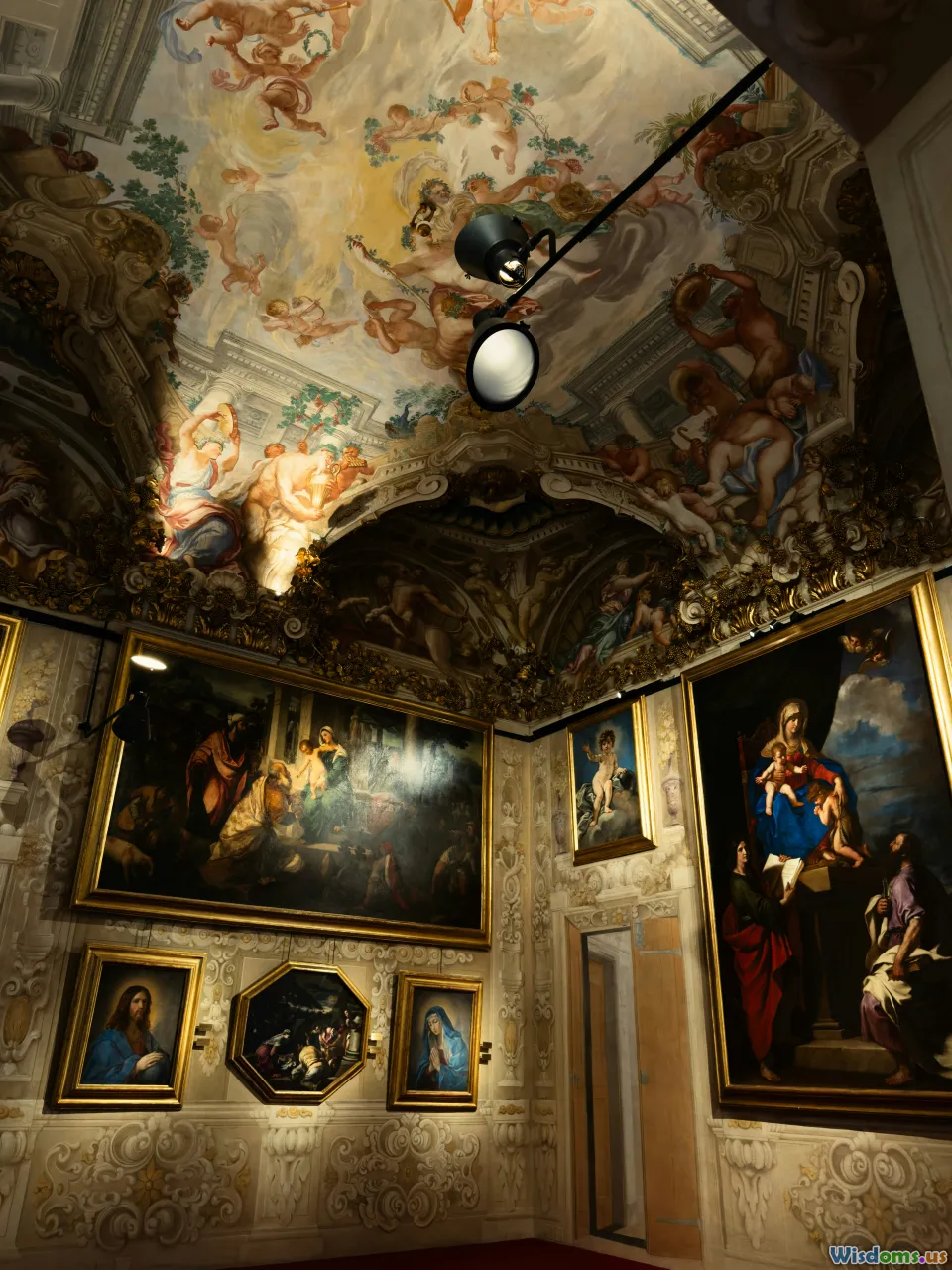
That Caravaggio changed European painting forever is not in doubt. His innovations directly inspired the Baroque movement, visible in the works of followers like Artemisia Gentileschi and Peter Paul Rubens. Yet all evidence suggests that, without the investments and endorsement of powerful patrons, his achievements would likely have been transitory, or even invisible.
This interplay between artistic drive and social context remains timely. Even today, major art commissions—think massive public sculptures, film, named architectural projects—still require something akin to old-world patronage, albeit via foundations, governments, or corporations. Caravaggio’s story thus illuminates not merely the of-the-moment financial struggle but a structural truth: for leaps in artistic vision, society at large must underwrite risk.
The Renaissance fostered astonishing creativity, yet its greatest masterpieces did not emerge in a vacuum. For Caravaggio and his peers, thriving meant finding, managing, and sometimes enduring the caprices of patronage. Insightful, disruptive, and daring innovation depended, paradoxically, on those with the means to pay for it—making the system’s constraints and rewards part of the very fabric of art’s history. Without that patronage, the world would very likely be bereft of Caravaggio’s singular genius.
Rate the Post
User Reviews
Popular Posts










